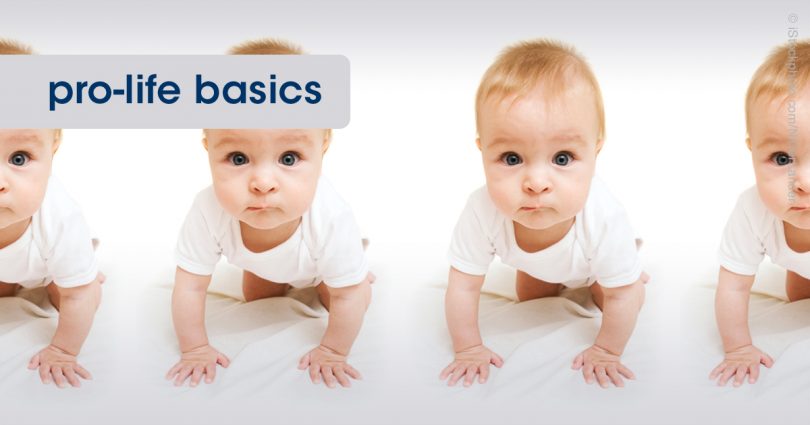In the 1950s and ‘60s, abortion advocates and their media allies described abortion as “therapeutic abortion.” According to pro-abortion professor Leslie J. Reagan, “Throughout the period of illegal abortion, physicians disagreed on the conditions that mandated a therapeutic abortion and on the methods.” Nonetheless, “[B]y the 1960s the practice (and nonpractice) of therapeutic abortion was at the very heart of the campaign to reform and repeal the criminal abortion laws.”
Who could oppose something that is “therapeutic”? This ploy worked so well that the other side has resurrected it to advance the human cloning agenda. Case in point: so-called therapeutic cloning. Rebecca Taylor (a clinical laboratory technologist working in molecular biology) sets the record straight on the misleading terminology surrounding cloning:
Many scientists, ethicists, and legislators try to make a distinction between “therapeutic cloning” and “reproductive cloning.” Actually, they are the same thing. They both use SCNT2 to create a cloned embryo. The difference lies in what happens to that clone. Reproductive cloning is where the cloned embryo is implanted into a surrogate mother, resulting in an infant who is a “delayed twin” of the cloned adult. In therapeutic cloning, the cloned embryo is allowed to divide to the blastocyst stage; then [he or she] is destroyed in order to harvest cells of interest, namely embryonic stem cells. …SCNT is often [used as] a synonym for therapeutic cloning, and that confuses the general public. No matter what the final goal of the procedure is—therapeutic SCNT or reproductive SCNT— cloning is cloning [emphasis added].3
The Catholic Church firmly opposes human cloning of any kind and for any purpose, as a grave offense to human dignity and, in many cases, the right to life itself.
1 Leslie J. Reagan, When Abortion Was a Crime: Women, Medicine, and Law in the United States, 1867‒1973 (University of California Press, 1998), 5.
2 “A somatic cell is any cell in the body except the egg or sperm cells, or their precursors. . . . Every somatic cell contains, in its nucleus, all of the chromosomes (DNA) unique to each individual. In SCNT [somatic cell nuclear transfer], a technician takes an egg from a female donor, removes the nucleus, and inserts the somatic cell nucleus with its DNA into the “empty” egg. . . . The egg begins to divide and a cloned embryo is created.” (See endnote 3 for source.)
3 Rebecca Taylor, “Cloning 101,” Mary Meets Dolly: A Catholic’s Guide to Genetics, Genetic Engineering and Biotechnology (blog), 2005, www.MaryMeetsDolly.com.


Facebook Comments